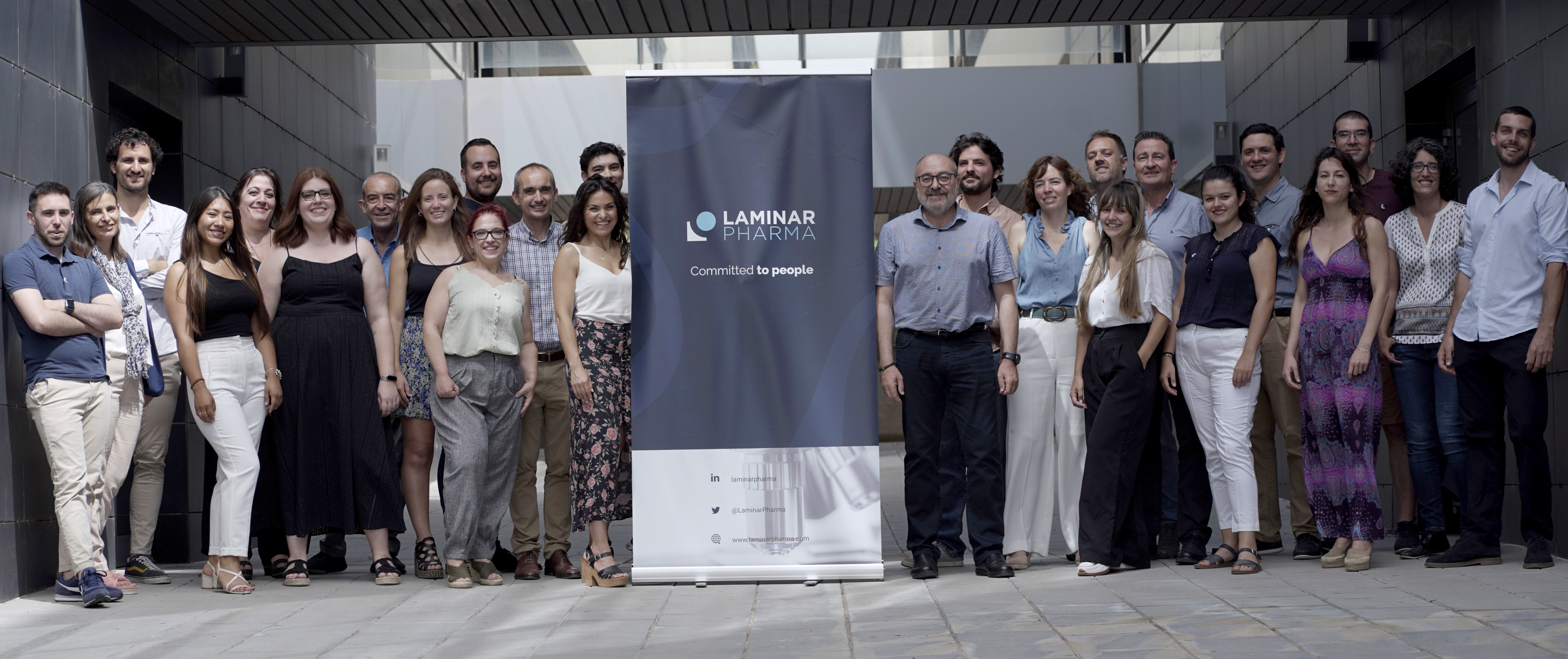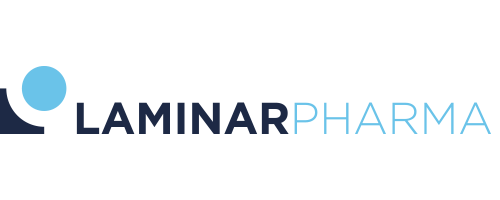
11 Sep Laminar Pharma Receives Rare Pediatric Disease Designation from the U.S. FDA for LAM561
Laminar Pharma announced today that the U.S. Food & Drug Administration (FDA) has granted Rare Pediatric Disease (RPD) Designation to LAM561 (idroxioleic acid, sodium) an investigational drug candidate for patients with Pediatric-Type Diffuse High Grade Glioma (pdHGG).
“Pediatric patients who develop Pediatric-Type Diffuse High Grade Glioma face a significant unmet need with limited treatment options, presenting differential characteristics from adult patients with high grade glioma that need to be considered during their treatment” said Dr. Victoria Llado, Chief Scientific Officer of the US subsidiary, Laminar Pharma Inc. “The Rare Pediatric Disease Designation highlights the serious and life-threatening manifestations of this rare disease in the pediatric population and supports our mission to provide LAM561 as a potential new treatment option for patients suffering from Pediatric-Type Diffuse High Grade Glioma.”
The RPD program is intended to encourage the development of new drugs for the treatment of rare pediatric diseases. RPD Designation is granted by the FDA for serious or life-threatening diseases which affect fewer than 200,000 people in the United States and in which the serious or life-threatening manifestations primarily affect individuals less than 18 years of age. If, in the future, a New Drug Application (NDA) for LAM561 for the treatment of pdHGG is approved by the FDA, Laminar Pharma might be eligible to receive a Priority Review Voucher (PRV) that could be redeemed to receive a priority review for any subsequent marketing application.
LAM561 is a synthetic fatty acid which has previously been granted with the designation of Orphan Drug/Medicinal Product for the treatment of malignant glioma in adult and pediatric patients by the FDA and the European of Medicines Agency (EMA), It also received Fast Track designation from the FDA in October 2022 for the treatment of glioblastoma. The clinical development of LAM561 includes two successfully completed studies to determine its safety and tolerability in adult patients (a Phase I/IIa in patients with advanced solid tumors and a Phase Ib study in patients with newly diagnosed glioblastoma in combination with the standard of care) and other two clinical trials that are being currently conducted: A Phase IIb/III clinical study for the treatment of adult patients with newly diagnosed glioblastoma in combination with standard of care in Europe; and a Phase I/IIa study to determine the safety, tolerability and potential clinical activity in pediatric patients with advanced solid tumors (including malignant glioma) in the US, as part of a pediatric program initiated by Laminar in accordance with its commitment with this population.
References:
Thorbinson, Colin, and John-Paul Kilday. “Childhood Malignant Brain Tumors: Balancing the Bench and Bedside.” Cancers vol. 13,23 6099. 3 Dec. 2021, doi:10.3390/cancers13236099
Ostrom, Quinn T et al. “Alex’s Lemonade Stand Foundation Infant and Childhood Primary Brain and Central Nervous System Tumors Diagnosed in the United States in 2007-2011.” Neuro-oncology vol. 16 Suppl 10,Suppl 10 (2015): x1-x36. doi:10.1093/neuonc/nou327

